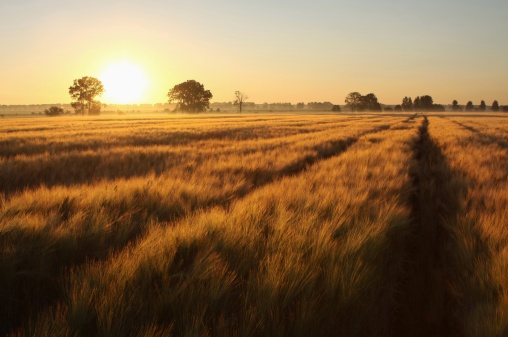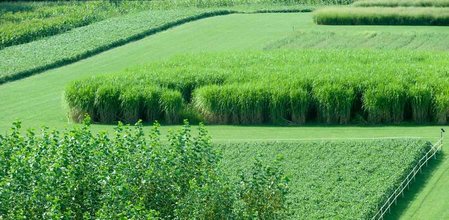As far as biofuels are concerned, corn is the leader in the category of biomass yield, but concentrating just on yield comes at a high price.
Michigan State University (MSU) researchers reported in the journal Proceeding for the National Academy of Sciences (PNAS) that other crops, such as native perennial grasses, score high if you look at the “big picture”.
Author Doug Landis, an entomologist, wrote:
“We believe our findings have major implications for bioenergy research and policy. Biomass yield is obviously a key goal, but it appears to come at the expense of many other environmental benefits that society may desire from rural landscapes.”
Landis and colleagues from the Great Lakes Bioenergy Research Center compared corn, switchgrass and a combination of native prairie grasses and flowering plants as potential crops for biofuels.
Perennial grasslands biofuel better for the environment than corn
They measured the diversity of plants, birds, pest and beneficial insects, and microbes that consume the greenhouse gas that contributes to climate change – methane.
The team found that perennial grasslands had higher levels of pest suppression, methane consumption, bird populations and pollination.
They also found that the grass crops’ ability to suppress pests and harbor greater biodiversity was closely associated with where the fields were located. For example, perennial grass crops’ already superior pest suppression is enhanced even more if they are located near other perennial grass habitats, up to 30% more.
When you look at the “big picture”, other biofuel crops, such as native perennial grasses, are superior viable alternatives to corn. (Photo: MSU)
The researchers say that in order to maximize pest suppression and other vital ecosystem services, land use must be carefully planned and coordinated, i.e. it requires a comprehensive agricultural policy.
Agricultural landscapes with multiple benefits
Landis said “With supportive policies, we envision the ability to design agricultural landscapes to maximize multiple benefits.”
When agricultural commodity prices rise, farmers are tempted to till and plant as much of their land as they can, including marginal lands with lower yields and areas designated for the Conservation Reserve Program, wetlands and grasslands.
On comparing corn to perennial grass crops, Landis said:
“Yes, corn prices are currently attractive to farmers, but with the exception of biomass yield, all other services were greater in the perennial grass crops.
If high commodity prices continue to drive conversion of these marginal lands to annual crop production, it will reduce the flexibility we have in the future to promote other critical services like pollination, pest suppression and reduction of greenhouse gasses.”
The study was funded by the National Science Foundation, the Department of Energy, and MSU AgBioResearch.


